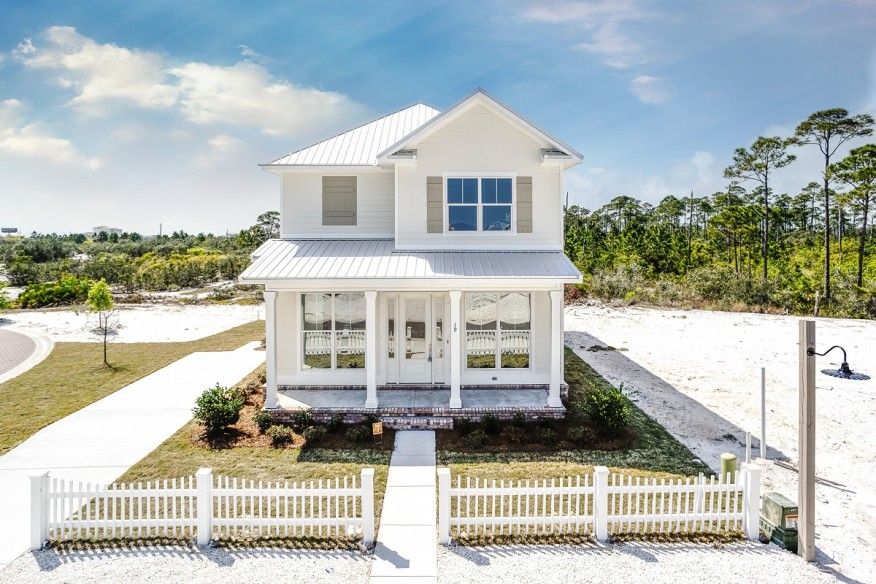A vibrant local economy and access to land propel this builder’s growth.
Nathan Cox isn’t kidding when he says that he was better off in a war zone in the mid 2000s than he would have been buying real estate in his hometown of Mobile, Ala.
After graduating from the University of Alabama in 2004, where he played football and earned Academic All SEC honors, Cox joined the United States Marine Corps. While serving as an Infantry Platoon Commander in Iraq, home builders stateside were gobbling up land, often at astronomical prices.
Many of those builders crashed and burned when the housing bubble burst. When Cox started buying real estate after he was discharged from the Marines in 2007, he wasn’t saddled with legacy land and balance-sheet headaches that he believes he surely would have incurred had he jumped into the game right out of college.
Six years later, Cox, now 31, is CEO of Battle Plan Capital, a burgeoning real estate investment, development, and home-building enterprise, whose land portfolio in Alabama’s Baldwin County and in northwest Florida—which as of mid November included 1,362 finished lots, 2,000-plus platted lots, and 6,500 acres of undeveloped property—is the envy of this coastal market.
During the housing recession, Cox enticed builders to buy land by offering them construction loans for spec houses. But with so many builders struggling at the time, Cox and a partner—former custom builder Jeff Lane—in May 2011 launched Truland Homes Inc., primarily as a safety valve to monetize Cox’s land holdings.
But Truland Homes LLC (as it’s now called) produced its own momentum, partly because it faced little builder competition aside from D.R. Horton (which remains one of Cox’s best land customers). Truland started 46 homes and closed 14 in its first year. Those totals jumped to 100 and 63, respectively, in 2012.
Cox expects Truland to end 2013 with 125 starts and 110 closings, and to increase those totals to between 165 and 175 starts and 150 closings in 2014, with the builder generating between $45 million and $50 million in revenue.
A popping market. Cox derives his optimism about Truland’s prospects from the area’s strengthening economic condition, which is driving population and job growth. Airbus announced it would build a $600 million assembly plant in Mobile that will employ 1,000 people. And the Port of Mobile should benefit from the extension of the Panama Canal, scheduled to open in 2014.
Consequently, Market Graphics Research Group is predicting that housing starts in the eight counties in coastal Alabama and the Florida Panhandle could leap from 5,911 units in 2013 to 8,440 in 2018.
Customization ability provides advantage. Truland’s products range from 1,600 to 5,000 square feet, and are priced from the $100s to the $700s. It offers 30 house plans, and one of Truland’s competitive advantages is its willingness to customize.
“Being able to say ‘yes’ and make the house more about [the customer] is a powerful statement in this market,” says Tom Stokes, Truland’s president.
Stokes joined the builder in May 2012, after working in Atlanta for 13 years with Morrison Homes and his own startup, Sterlingcrest Homes. When he arrived, Stokes found Truland Homes lacked operational processes. “It was a Wild West environment.”
One of the first things he did was to unify the builder’s marketing messages. He also found that customers’ buying decisions were largely product driven, so he steered nearly 60 percent of Truland’s marketing budget towards promoting the 3,955-square-foot, $499,000 model it built for the local Parade of Homes.
Cox doesn’t think his company will need to grow much beyond Alabama’s Baldwin County for the foreseeable future. But with finished lots in shorter supplier, he sees the next big opportunity in land development. And because land is “a limited resource,” says Stokes, Truland is not inclined to build aggressively “just to turn units” at the expense of margins and profit.
Learn more about markets featured in this article: Atlanta, GA.

